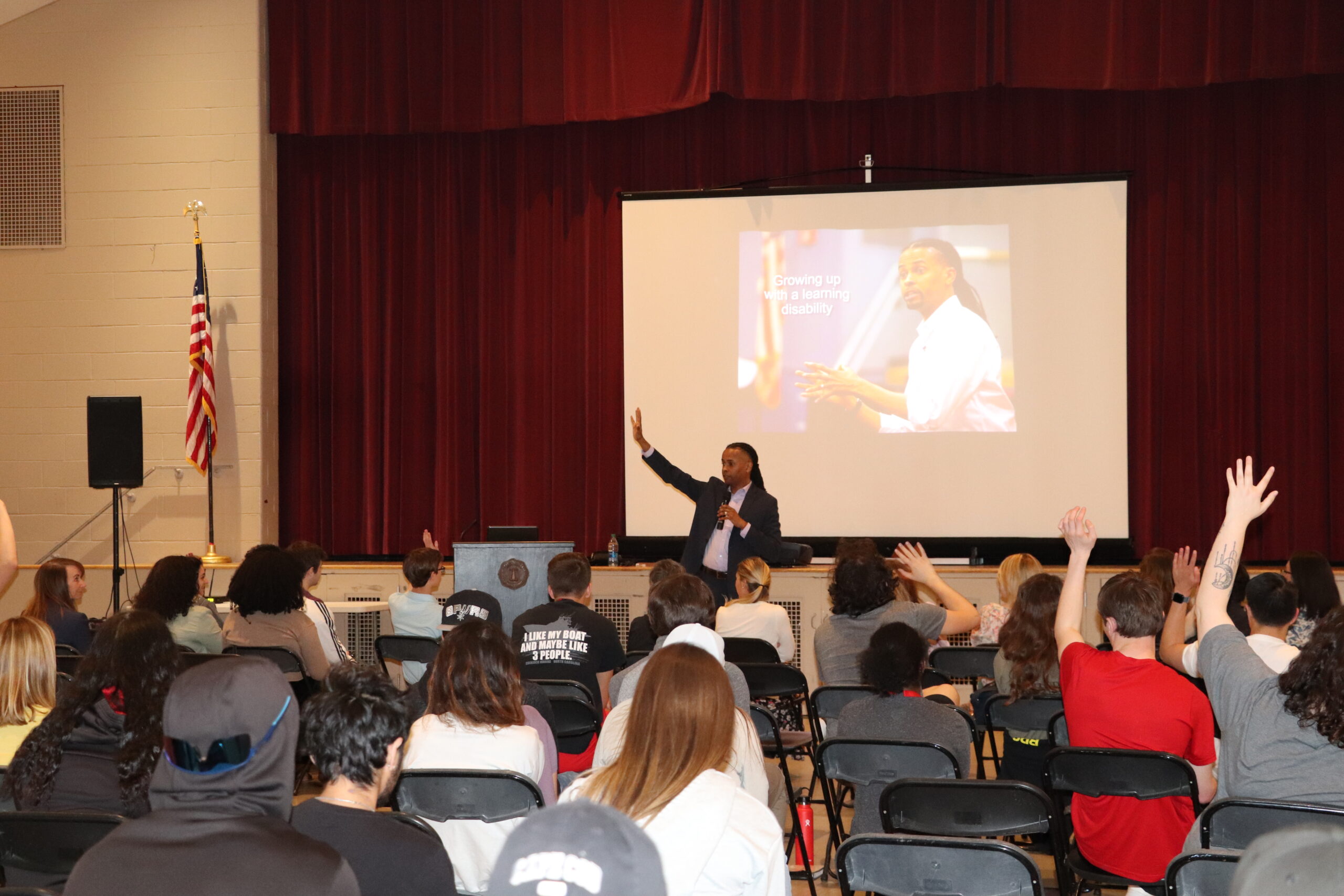Prepared to Pursue Dreams
As Hana Rihani looks to the fall semester as a first-year student at Mitchell College, she reflects on how her year as a student in the Thames at Mitchell College program has prepared her.
“I heard about Thames when I was creating a list of colleges to consider at the beginning of my senior year of high school. After looking at the Thames website and meeting with the admissions staff, I thought it would be a great place where I would be supported and successful,” Hana said.
Hana came into the Thames program with a couple of challenges to overcome. In addition to figuring out what to bring (“I didn’t know what to pack for it being my first time in college!”), Hana said that she is usually shy when meeting new people. Her social-emotional learning class helped by teaching her how to be social and be a good friend.
“I have learned important skills that can help me be a better person in the world. After the first week of school, I started getting to know people and making them my friends. I didn’t expect to know everybody in my residence hall in such a short time,” she said.
Paint-and-Sip nights, bingo, bowling trips and a ping-pong tournament are some of the activities that kept Hana busy and socializing.
“The ping-pong tournament was a highlight because I had a fun time playing and watching the teachers’ faces when people won or lost,” she said.
Another highlight was a Halloween community service event with her classmates and social-emotional learning teachers.
“It was a fun event because I hung out with my amazing professors and classmates while handing out candy!”
Hana said that she has been challenged by her coursework, but her instructors have worked closely with her to provide direction and feedback. She said that she has grown in independence and confidence while developing skills for life as a college student and as a job-seeker after college.
“Being on a college campus as a Thames student really helped me prepare for college life. I like to be active and do interesting things. Taking college classes, eating in the dining hall and going to school events really benefited me.
I want do something with marine biology or communication and performing arts. I love being around animals, and I also love being on stage and expressing myself, so I will be joining the chorus and auditioning for the play and the musical next year.”
Now that Hana is prepared to take on the first year of college, she can look forward to setting out to accomplish her dreams.
